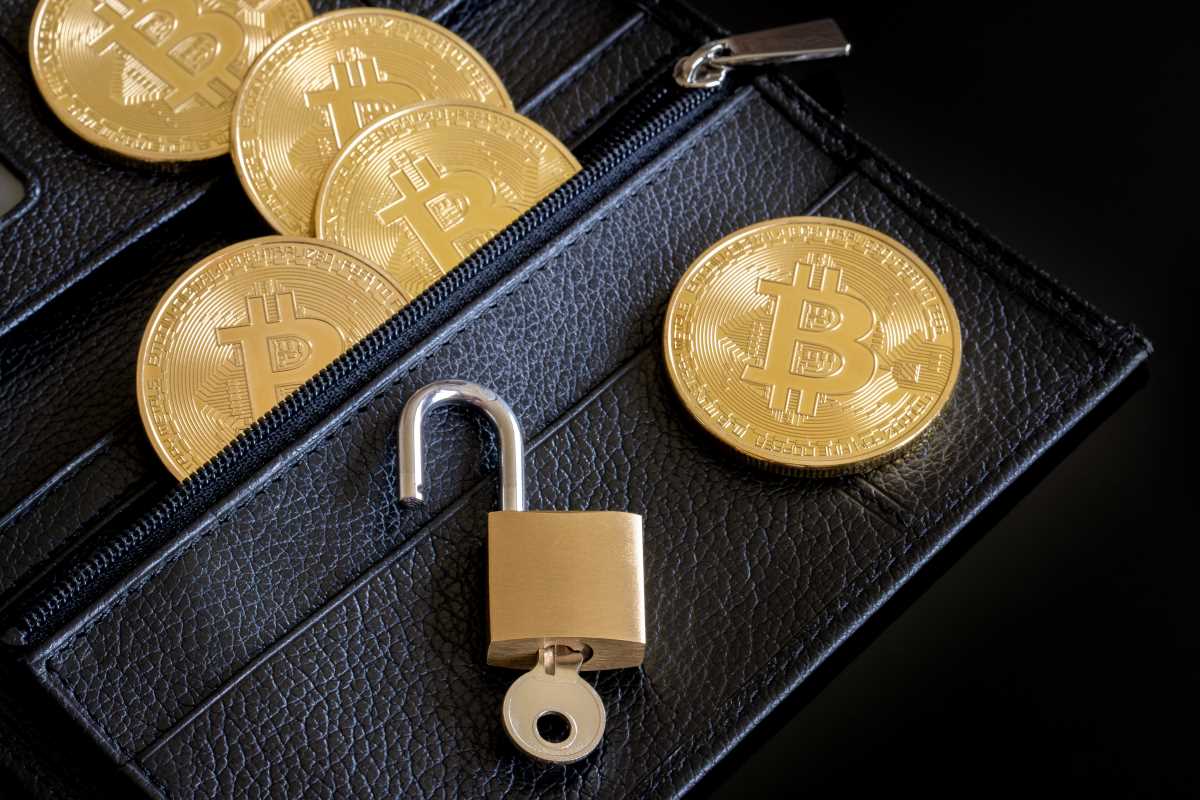In recent years, contactless payments have revolutionized the way consumers conduct transactions. Payments can be made swiftly and conveniently with just a tap or a wave of a smartphone. Beneath the surface of this seamless experience, however, lie several hidden costs that consumers need to be aware of. Understanding these less obvious financial implications is crucial for making informed decisions about using contactless payment methods.
Understanding Contactless Payments
Contactless payments refer to transactions made by using a payment card or mobile device equipped with near-field communication (NFC) technology. This method allows users to complete purchases without physically swiping a card or handling cash. Over the past decade, contactless payments have gained widespread popularity due to their speed and convenience, particularly in urban areas and among tech-savvy consumers.
The proliferation of contactless payment systems has been supported by innovations from major financial institutions and technology companies. Services like Apple Pay, Google Wallet, and contactless credit and debit cards from banks have made it easier for consumers to adopt this payment method. Additionally, the COVID-19 pandemic accelerated the adoption of contactless payments as consumers sought safer, touch-free transaction options.
Potential Hidden Costs
While contactless payments offer numerous advantages, they also come with potential hidden costs that consumers should consider:
- Transaction Fees: Some merchants may impose higher fees for contactless transactions, indirectly increasing the cost of purchases.
- Interest Rates: Using contactless credit cards without paying off the balance in full can lead to accumulating interest charges over time.
- Currency Conversion Fees: International contactless transactions may incur additional fees when converting to a different currency.
- Data Charges: Mobile contactless payments that rely on data connections can result in higher mobile data usage, leading to increased data bills.
- Service Charges: Some contactless payment platforms may charge monthly or annual service fees for premium features.
These costs, while not immediately apparent, can add up and affect the overall financial well-being of consumers who frequently use contactless payment methods.
Security Concerns and Risks
Despite the convenience of contactless payments, they come with several security risks that can have significant financial impacts:
- Unauthorized Transactions: If a contactless card or device is lost or stolen, unauthorized users can potentially make purchases without the owner’s knowledge.
- Data Breaches: Contactless payment systems can be vulnerable to hacking and data breaches, exposing sensitive financial information.
- Skimming: Fraudsters can use RFID skimmers to intercept payment information from contactless cards without physical contact.
- Weak Authentication: Some contactless payment methods may lack robust authentication measures, making it easier for unauthorized access.
- Phishing Attacks: Consumers may be targeted by phishing scams that trick them into revealing payment credentials used for contactless transactions.
These security threats not only pose immediate financial risks but also long-term consequences such as damage to credit scores and increased vulnerability to financial fraud.
Consumer Awareness and Education
To navigate the hidden costs and security risks associated with contactless payments, consumer awareness and education are paramount. Consumers should educate themselves on the terms and conditions of their contactless payment methods, understand the fee structures, and stay informed about potential security threats.
Educational initiatives by financial institutions and consumer protection agencies can play a significant role in enhancing consumer knowledge. By being proactive in learning about the intricacies of contactless payments, consumers can better manage and mitigate the hidden costs, ensuring that the benefits outweigh the drawbacks.
Hidden Costs
Exploring the hidden costs associated with contactless payments provides a deeper understanding of the financial implications that often go unnoticed. These costs can vary based on the payment platform, usage patterns, and the individual’s financial habits. Being aware of these factors allows consumers to make informed choices and avoid unnecessary expenses.
Moreover, the hidden costs are not limited to direct financial charges. They also encompass indirect expenses such as increased consumer debt, reduced savings from higher interest payments, and the potential for financial instability due to unforeseen fees. Addressing these hidden costs requires a comprehensive approach that includes both individual diligence and systemic changes within the payment ecosystem.
Alternatives and Best Practices
Considering alternative payment methods can be beneficial for consumers looking to minimize the hidden costs associated with contactless payments. Traditional payment methods such as cash and debit cards can offer more control over spending and reduce the risk of accumulating debt through credit.
Adopting best practices for managing contactless payments can help mitigate hidden costs. These practices include regularly monitoring account statements for unauthorized transactions, setting spending limits on contactless devices, and utilizing security features such as biometric authentication and notification alerts for transactions.
Consumers should also consider using budgeting tools and financial management apps to track their spending and identify any hidden fees that may arise from contactless payments. By implementing these strategies, individuals can ensure that the convenience of contactless payments does not come at the expense of their financial health.
While contactless payments offer unparalleled convenience and efficiency, they also come with hidden costs that can affect consumers financially. By understanding these costs, being aware of security risks, and adopting best practices, consumers can make informed decisions and use contactless payment methods responsibly. It is essential for consumers to stay educated and vigilant to fully benefit from the advancements in payment technologies without falling victim to their potential drawbacks.
 (Image via
(Image via





